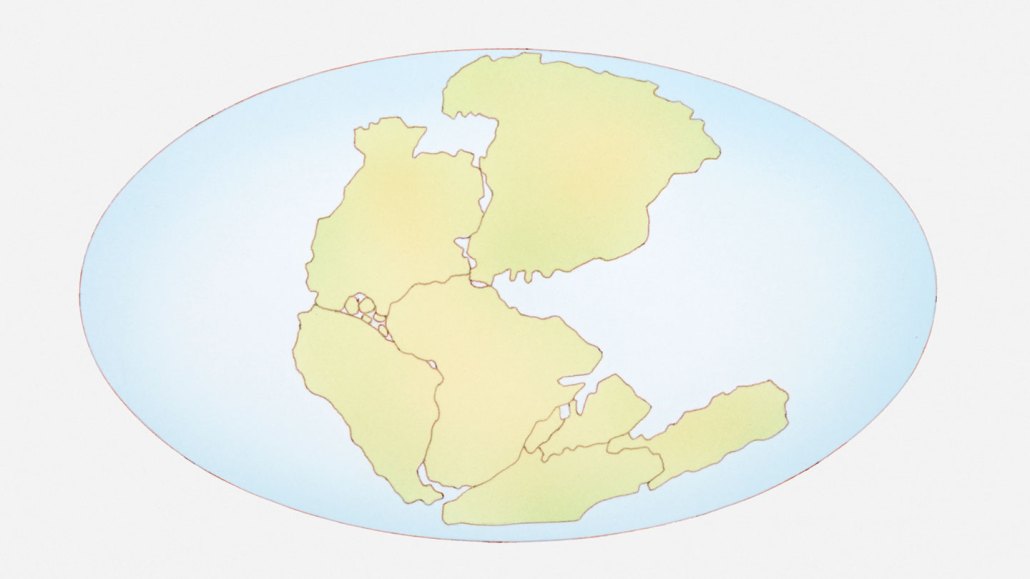
Earth
Scientists Say: Supercontinent
These gigantic landmasses form when much of Earth’s landmass smashes together.
Come explore with us!

These gigantic landmasses form when much of Earth’s landmass smashes together.

Tectonic plates are giant slabs of rock that make up Earth’s outer layer.

By drilling into this cavern, scientists have opened a window into the mysterious world of hidden lakes, their occupants — and rivers that run uphill.

Seismology is the branch of science focused on seismic waves — vibrations that run through or around Earth.

The force of friction always acts to slow things down. It depends on just two factors: the surfaces and how hard they press together.

It appears the Pine Island and “Doomsday” Thwaites glaciers are losing ice — and shrinking faster — than at any time in the past 5,500 years.

Diamond is born under extreme heat and pressure inside Earth and elsewhere in the universe.

A fault is a crack in Earth’s crust where pieces of rock scrape past each other.

Chemical hints observed in zircons suggest when the important process of plate tectonics first took off.

The Richter scale and other magnitude measures reveal the strength of an earthquake.